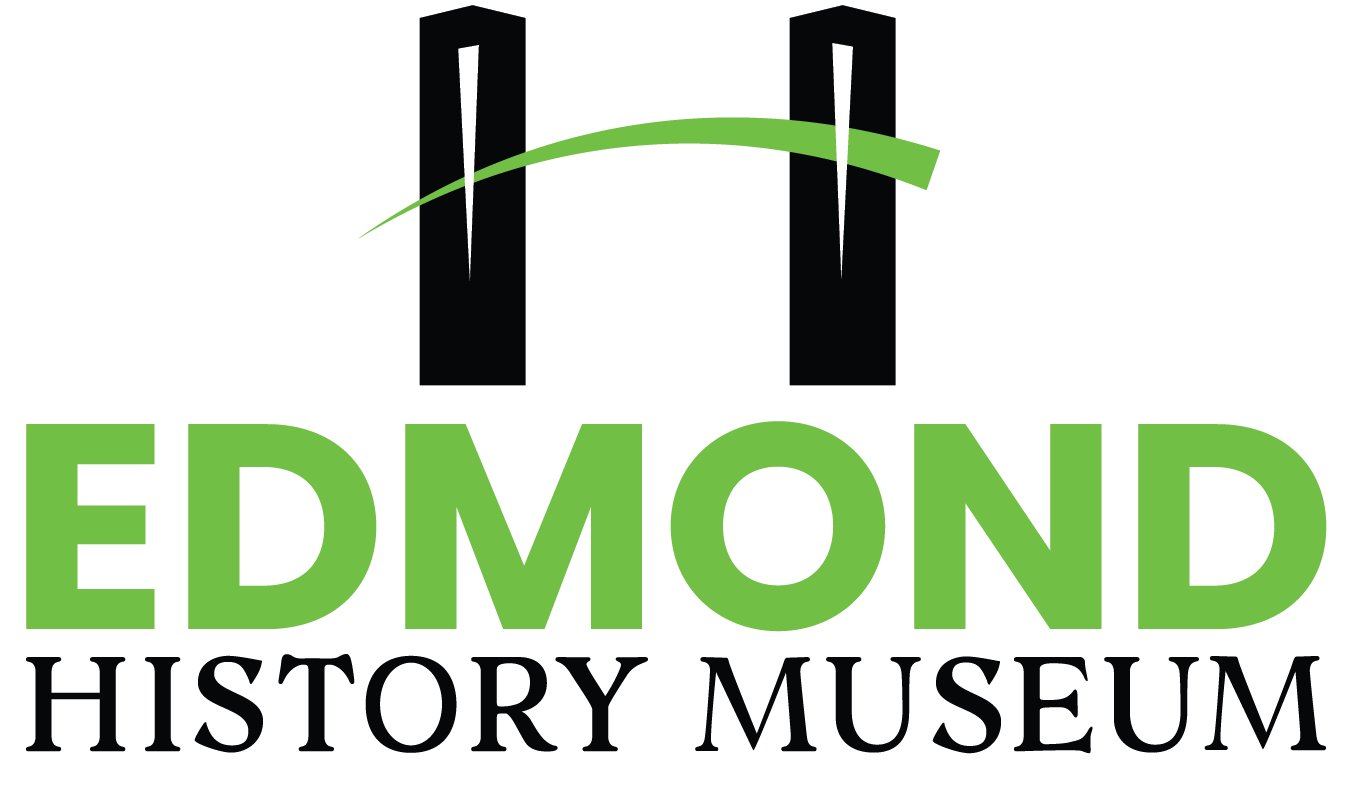 March 25 – April 30, 2016
March 25 – April 30, 2016
Historically, the ephemeral hardworking American political poster has been hiding in plain sight, attempting to catch our eye and capture our vote through the use of visual language. In a survey that spans the life of these ubiquitous messengers, Sign of the Times: The Great American Political Poster 1844–2012 explores a variety of styles, design trends, and printing technology that will delight your eye, engage your imagination, and lead you to ruminate over past political commitments. Sign of the Times features the most exciting and rarely seen posters created in the last 170 years and opens March 25, 2016 at EHS&M.

unidentified artist, Republican Party candidate William L. McKinley, c. 1896–1900; lithograph on paper, 17 x 11 3/16 inches; Courtesy of Library of Congress.
The political campaign poster had its humble beginnings in the 1840s when the new lithographic printing process, largely developed in Germany, was
developed to satisfy a growing demand for printed material. Hand-colored portraits of presidential and vice-presidential candidates were first printed for the 1844 race between Whig Party candidate Henry Clay and the eventual winner, James K. Polk of the Democratic Party.
Technological innovation in the lithographic process in the 1880s ushered in the golden age of lithography, roughly 1890–1912, which produced some the of the most intricate and colorful posters in the exhibition.
World War II saw a huge outpouring of posters offered by the Roosevelt administration and included several key Democratic Party campaign posters designed by famous artists like Ben Shahn and James Montgomery Flagg. The international style that pervaded
the 1950s rarely affected the campaign poster, an era in which cheap letterpress and offset “boxing style” posters were de rigueur. However, a marvelous new design element that became popular at the time was the “floating head” poster, and several for candidates Eisenhower, Kennedy, and Goldwater are included in the exhibition.
The left-wing counterculture revolution of the 1960s was awash in civil rights, psychedelia, and anti-war posters that culminated in the creation of some of the finest campaign posters, many of which appeared in the 1968 Democratic primary campaign of Eugene McCarthy. The George McGovern campaign that followed in 1972 was a virtual explosion of exciting political art. The offset printed poster was the more frequent, but many famous artists such as Alexander Calder and Andy Warhol screen-printed limited editions that helped fund campaigns. Hundreds of posters were created by well-known artists, illustrators, and often by inspired first time poster makers.
After the graphically exciting 1972 presidential campaign, future contests produced only a few outstanding posters in each election cycle. However, the Democrats’ nomination of Barack Obama in 2008 heralded a renaissance of the form, as many artists—insiders, outsiders, and the famous—jumped on the candidate’s bandwagon. In fact, in 2008 it looked as if the great American political poster had at last solidified its place in future campaigns. Unfortunately, it was not to be; in 2012 the creation of exciting innovative posters tapered off sharply from the previous presidential election cycle.
Through time, the American political poster has been sorely neglected as an art form and has played a minor cultural role despite its effectiveness in conveying a political message to millions of voters often through the skillful use of visual communication. Sign of the Times has made every effort to bring eye-popping political graphics to the forefront and show the great American political poster as art.
Sign of the Times was curated by Hal Wert, Ph.D., collector and professor of history at Kansas City Art Institute, and organized by Exhibits USA/Mid-America Arts Alliance. This exhibit is supported by the Oklahoma Arts Council and the National Endowment for the Arts.
About ExhibitsUSA
This exhibition is toured by ExhibitsUSA, a national program of Mid-America Arts Alliance. ExhibitsUSA sends more than 25 exhibitions on tour to over 100 small- and mid-sized communities every year. These exhibitions create access to an array of arts and humanities experiences, nurture the understanding of diverse cultures and art forms, and encourage the expanding depth and breadth of cultural life in local communities. For more about ExhibitsUSA, email MoreArt@maaa.org or visit www.eusa.org.
About Mid-America Arts Alliance
Mid-America Arts Alliance (M-AAA) strengthens and supports artists, cultural organizations, and communities throughout our region and beyond. We achieve this primarily through our national traveling exhibition programs, innovative leadership development, and strategic grant making. We are especially committed to enriching the cultural life of historically underserved communities by providing high quality, meaningful, and accessible arts and culture programs and services. Each year M-AAA’s programs, on average, reach one million people. We believe in more art for more people. Additional information about M-AAA is available at www.maaa.org.
